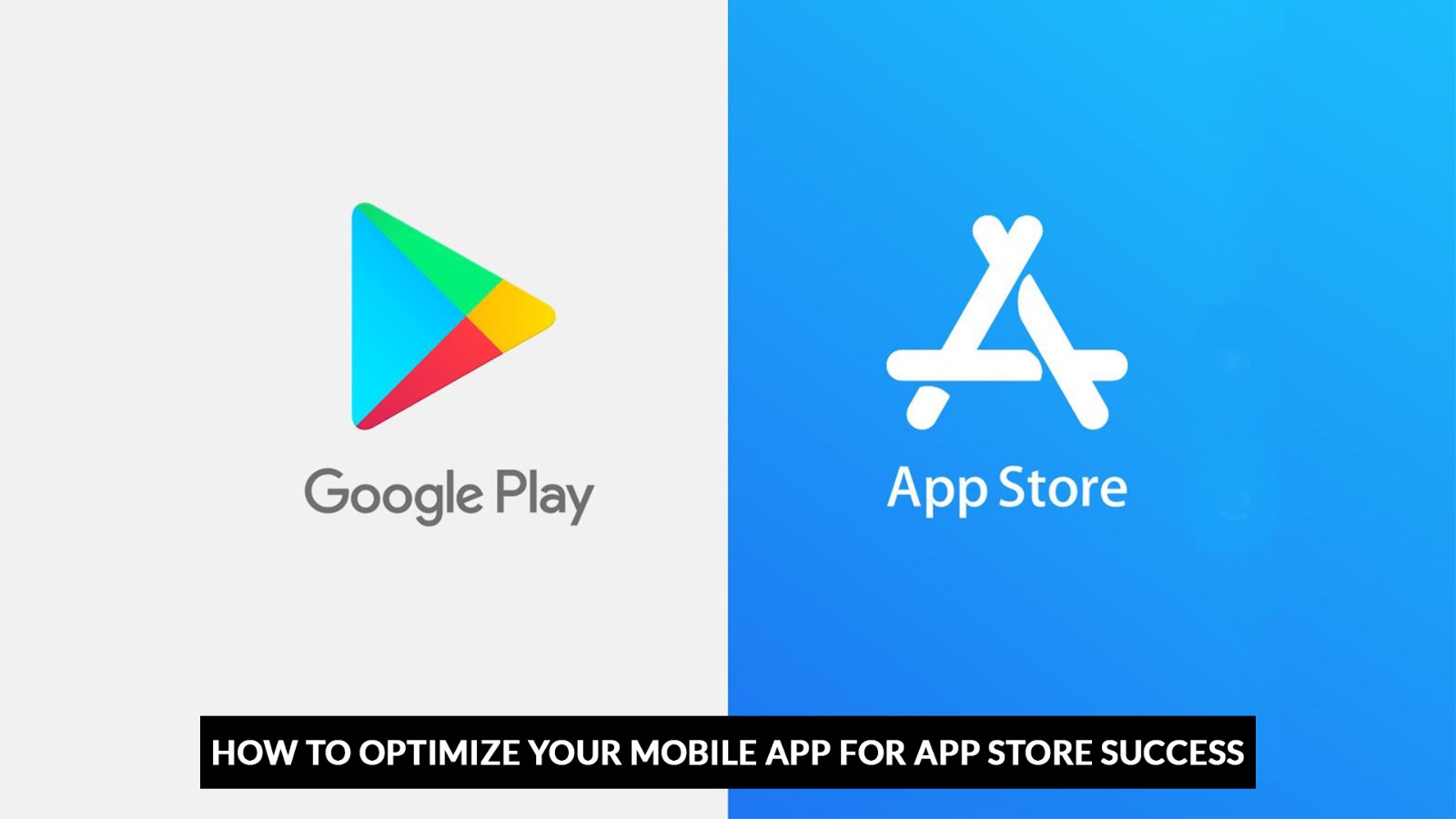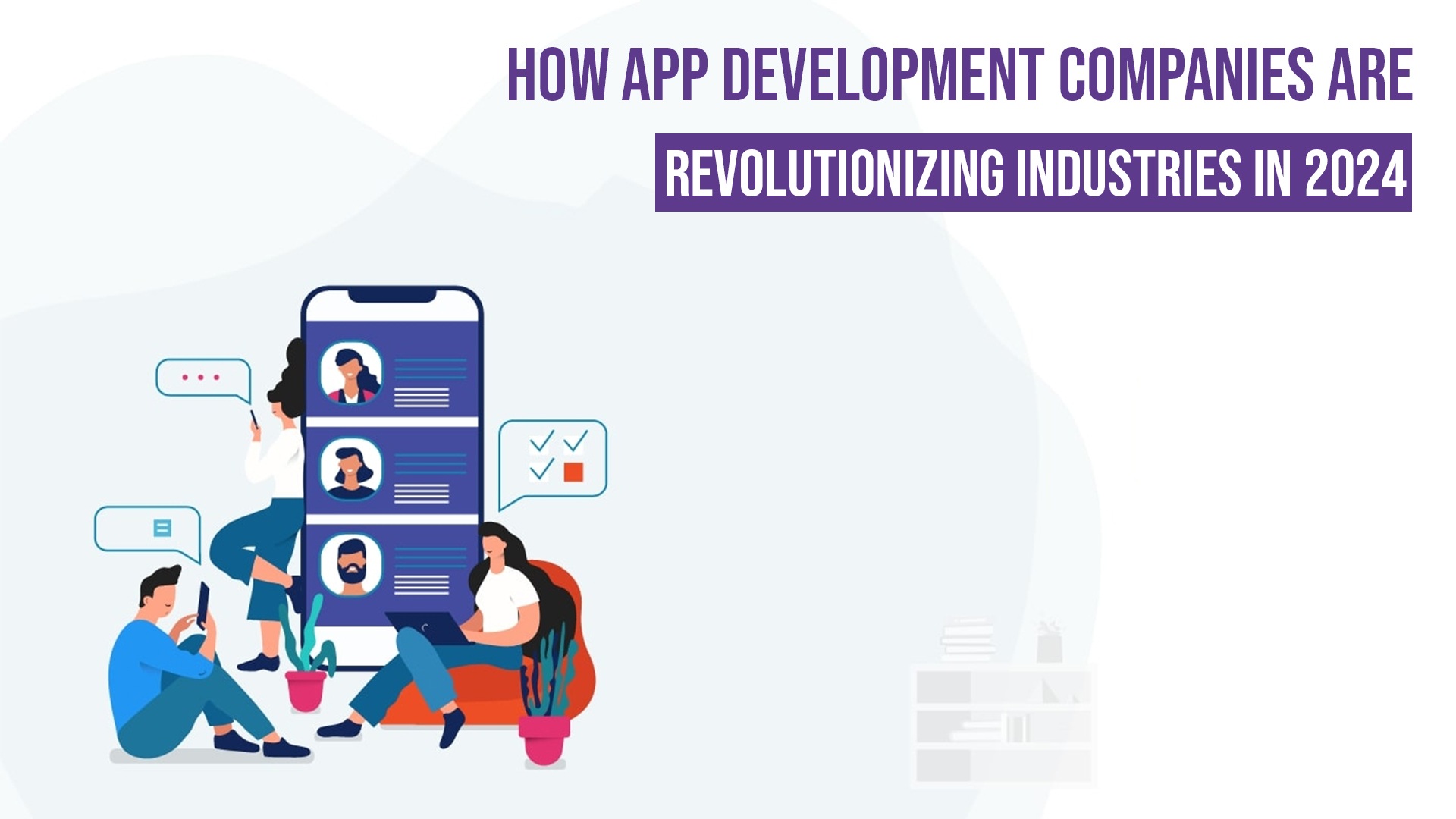17 June 2024
How to Optimize Your Mobile App for App Store Success

In today's competitive digital landscape, simply developing a mobile app is not enough. To ensure your app stands out and reaches its target audience, optimizing it for app store success is crucial. Here’s a comprehensive guide on how to achieve this, whether you're a mobile app developer or a mobile app development company.
Understanding App Store Optimization (ASO)
App Store Optimization (ASO) is the process of improving the visibility of a mobile app in an app store (like Google Play or Apple App Store) with the goal of increasing app downloads. Just like Search Engine Optimization (SEO) for websites, ASO involves various strategies to enhance your app’s ranking.
1. Keyword Research
Keywords are the foundation of ASO. Start by identifying the keywords your target audience is likely to use when searching for an app like yours.
- Brainstorm and List: Create a list of potential keywords related to your app. Think about the main features and purposes of your app.
- Use ASO Tools: Tools like Sensor Tower, App Annie, and Keyword Tool can help you find relevant keywords and understand their search volume and competition.
- Analyze Competitors: Look at the keywords used by top competitors in your category.
2. Optimizing Your App Title and Subtitle
Your app’s title is one of the most critical ASO factors. It should be:
- Descriptive and Concise: Clearly convey what your app does.
- Keyword-Rich: Include primary keywords without keyword stuffing.
- Unique and Catchy: Stand out from the competition and be memorable.
3. Crafting a Compelling App Description
The app description should not only describe what your app does but also convince users to download it.
- First Few Lines Matter: The first 252 characters are the most visible, so make them count.
- Highlight Key Features: Use bullet points to list the main features and benefits.
- Include Keywords: Naturally incorporate keywords throughout the description.
- Call to Action: Encourage users to download and use your app.
4. High-Quality App Icon
Your app icon is the first visual impression users get. It should be:
- Simple and Recognizable: Avoid clutter and ensure it's easily identifiable.
- Reflective of Your App: It should give an idea of what your app is about.
- Consistent with Branding: Use colors and styles that align with your brand.
5. Screenshots and Videos
Visuals play a crucial role in convincing users to download your app.
- Use High-Quality Images: Ensure that your screenshots are clear and high-resolution.
- Highlight Key Features: Show off the most important and attractive features of your app.
- Add Captions: Briefly describe what each screenshot is showcasing.
- Include a Preview Video: A short video can significantly boost conversions by giving users a quick overview of your app’s functionality.
6. Positive Reviews and Ratings
Social proof is powerful. Encourage satisfied users to leave positive reviews and ratings.
- Ask at the Right Time: Prompt users for reviews after they’ve had a positive experience.
- Make It Easy: Provide a straightforward way for users to leave reviews.
- Respond to Feedback: Engage with users by responding to their reviews, showing that you value their input.
7. Regular Updates
Frequent updates not only improve your app’s functionality but also show users and app stores that your app is active and well-maintained.
- Fix Bugs Promptly: Regularly update your app to fix bugs and improve performance.
- Add New Features: Keep your app fresh and exciting with new features and improvements.
- Communicate Changes: Clearly communicate what’s new in the update notes.
8. Monitoring and Analytics
Use analytics tools to monitor your app’s performance and user behavior.
- Track KPIs: Key Performance Indicators such as downloads, active users, and conversion rates can provide insights into your app’s success.
- Adjust ASO Strategy: Based on analytics, continuously refine and adjust your ASO strategy for better results.
Conclusion
Optimizing your Mobile app for app store success requires a strategic approach that encompasses keyword research, compelling visuals, positive user feedback, and regular updates. By focusing on these areas, mobile app developers and Mobile App Development companies can significantly enhance their app’s visibility and download rates, paving the way for long-term success in the app marketplace.
Whether you’re a seasoned mobile app developer or part of a mobile app development company, implementing these ASO strategies will help you achieve greater visibility and higher user engagement. Start optimizing today and watch your app soar to the top of the app store charts!


 INDIA
INDIA USA
USA










